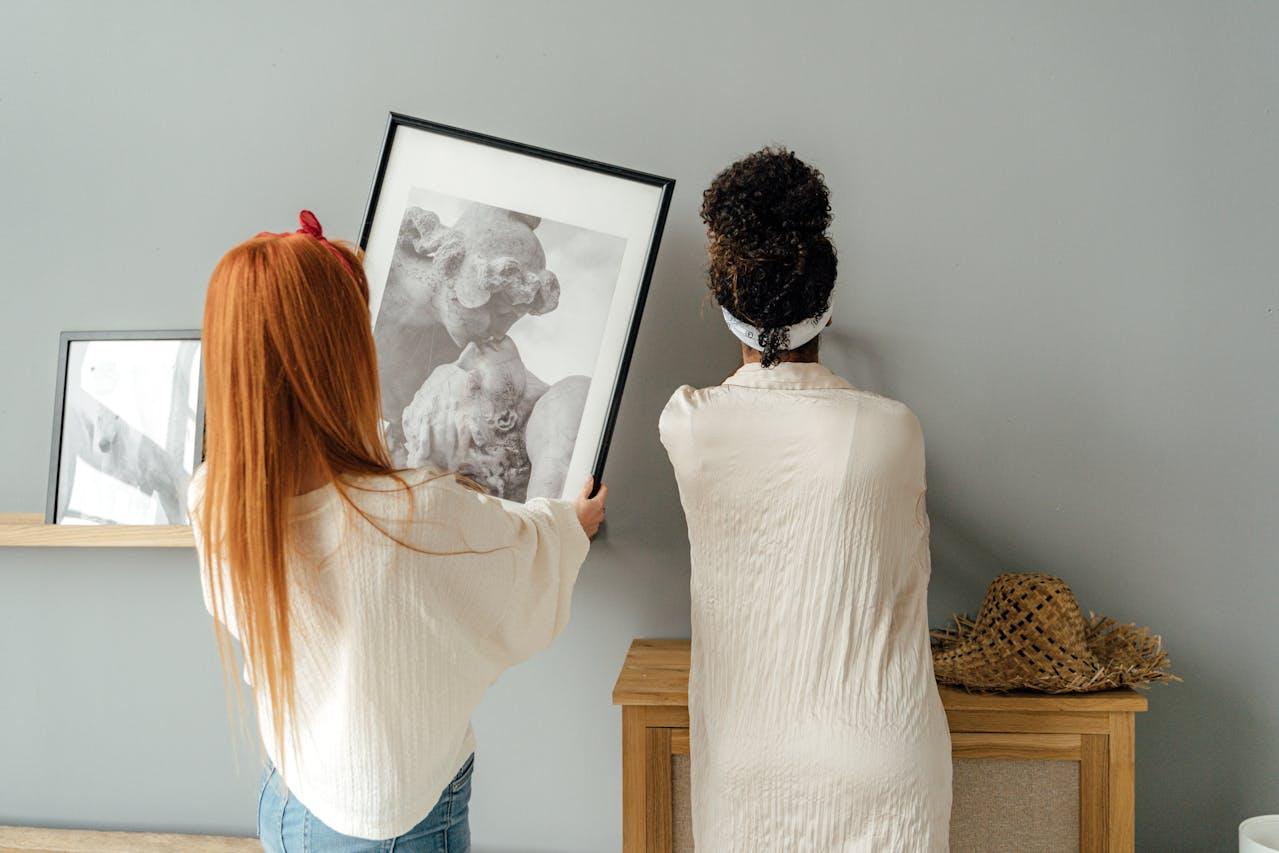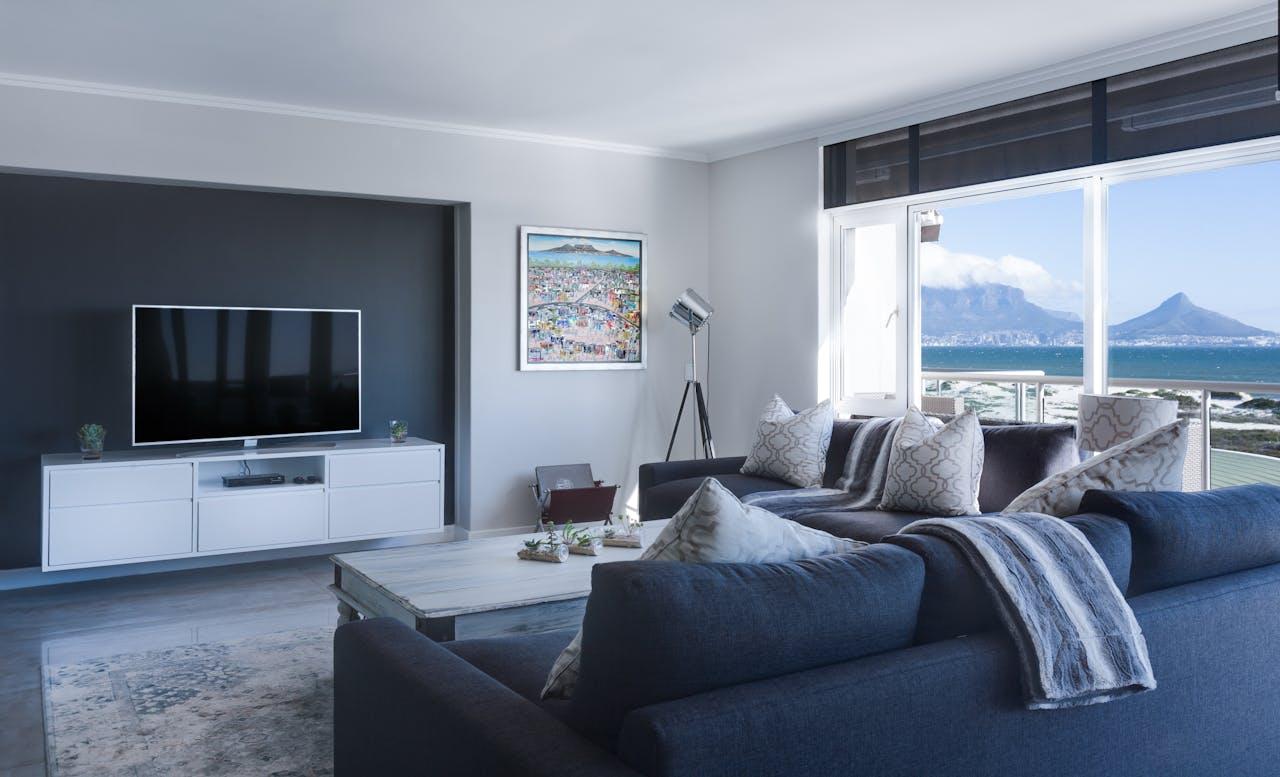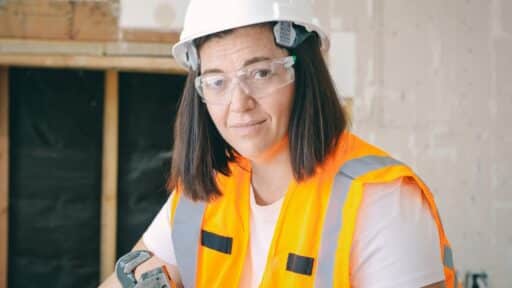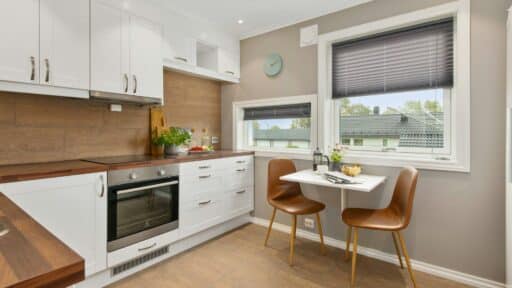Moving into a new home is one of life’s most exciting transformations. It’s that blank-canvas moment where space becomes personal — where furniture, color, and creativity merge into something uniquely yours. But behind every beautifully designed living room or picture-perfect entryway lies an often-overlooked step: the moving process.
Professional moving crews — like experienced movers in Monterey Park — play a surprisingly vital role in setting the stage for interior design success. From the way furniture is positioned on move-in day to how boxes are labeled and placed, these details can dramatically affect how seamlessly a home transitions from empty to effortlessly styled.
The Overlap Between Moving and Design
Interior design doesn’t start with paint swatches or fabric samples — it starts with space. And when a moving company handles your furniture, art, and decor, they’re interacting directly with that space before anyone else.
1. Movers Are the First “Installers” of Your Vision
Professional movers do more than carry boxes — they’re the first team to shape the flow of your home. How they arrange foundational pieces like sofas, beds, and dining tables influences everything from your lighting plan to your wall art layout.
A skilled crew understands that each piece has a visual weight. Positioning your sectional slightly off-center or leaving open sight lines for accent lighting doesn’t just make unpacking easier — it creates a cleaner design framework for decorators and homeowners to build upon.
2. The Sequence of Placement Affects Design Momentum
Interior designers often plan around large, immovable items first — beds, couches, dining sets, or wall units. Movers who coordinate with designers can ensure these anchor pieces arrive first and are positioned correctly, allowing the rest of the room’s elements (art, rugs, accessories) to align naturally.
Timing matters: placing furniture after flooring is finished but before accent décor arrives ensures a smooth, damage-free setup and keeps the home looking photo-ready faster.
Design Starts with Logistics
It’s easy to forget that interior design success relies heavily on logistics. Getting everything into the home efficiently — and safely — lays the foundation for aesthetics.
1. Protecting Walls, Floors, and Entryways
Professional movers use padded blankets, floor runners, and corner guards to protect freshly painted walls or newly refinished floors. The last thing any homeowner or designer wants is a scratch on new hardwood before the space is styled.
2. Coordinating Delivery Schedules
Interior designers often rely on staggered deliveries — furniture today, art and accessories next week, rugs once the layout is finalized. Movers can coordinate those drop-offs, assemble items on-site, and even re-position furniture as the design evolves.
This flexibility saves homeowners time and prevents design delays caused by misplaced or incomplete setups.
When Movers and Designers Collaborate
The collaboration between moving professionals and interior designers is a quiet but essential partnership. A well-timed, well-executed move helps designers hit their creative stride faster.
1. Designers Gain Efficiency
When movers set up large items precisely according to plan — using room sketches or designer instructions — it eliminates wasted time re-arranging heavy furniture later. Designers can start accessorizing immediately.
2. Homeowners Save on Labor and Stress
Instead of hiring separate installation teams, homeowners can rely on experienced movers who understand placement logic, level adjustments, and even symmetrical alignment of heavy décor like mirrors or bookshelves.
3. Spaces Feel Cohesive from Day One
Rather than a house full of boxes, the result is a functional, partially arranged home that already feels intentional. That gives designers a running start — and homeowners peace of mind.
The Art of Placement: How Movers Contribute to Aesthetics

It might sound surprising, but the way a moving crew approaches placement directly affects how a room feels.
1. Balance and Proportion
A professional moving team recognizes balance — they’ll intuitively place furniture with even spacing, symmetry, and sight lines in mind. Experienced crews have moved enough homes to know that every inch counts in a well-proportioned layout.
2. Room Flow and Accessibility
Interior design thrives on flow — how people move through space. Movers who understand this concept will position pieces with accessibility in mind, ensuring open pathways and practical arrangements before décor arrives.
3. Lighting and Visual Weight
Even before lamps and chandeliers are installed, movers can influence light perception. Large items should never block natural light; mirrors and glass tables often get positioned to reflect brightness. An attentive crew helps maintain that open, airy feeling designers love.
Case Study: A Los Angeles Move That Set the Stage for Style
Imagine a homeowner in Brentwood moving into a newly remodeled mid-century home. The designer has a vision: minimalist furniture, floating shelves, and a seamless living-dining transition.
Here’s how professional movers become silent collaborators in that design:
- Pre-Move Planning – The movers review layout sketches and photo references from the designer.
- Protective Prep – They cover the newly refinished walnut floors and custom wall panels before any item enters.
- Strategic Loading Order – Pieces needed for the living room arrive first, staged in order of placement.
- Fine-Tuned Positioning – The movers measure distances between furniture edges and walls to match the design plan.
- Post-Move Adjustments – They shift angles for natural lighting balance and accessibility.
By day’s end, the home isn’t just unpacked — it’s already half-styled.
The Benefits of Using Local Moving Experts

In design-centric cities like Los Angeles, the difference between a standard move and a designer-friendly move lies in precision and communication.
1. Knowledge of Neighborhood Layouts
Whether you’re in Brentwood, Monterey Park, or Manhattan Beach, professional movers familiar with LA’s diverse architecture know how to handle tricky spaces — from narrow hillside driveways to high-rise elevators.
That local experience prevents property damage and makes scheduling far more efficient, which is critical for homeowners working with design deadlines.
2. Flexible Timing and Coordination
Local movers often provide same-day or flexible scheduling, allowing homeowners to align moving days with designer installations or furniture deliveries — ensuring every step builds toward a cohesive result.
3. Post-Move Assistance
The process doesn’t end once the truck doors close. Many professional teams offer furniture re-arranging services — perfect for design refinements once the home is styled.
White Glove Relocation: Where Precision Meets Design
In Los Angeles, where aesthetics and functionality blend seamlessly, many homeowners and interior designers turn to white glove relocation to protect their investments and uphold design integrity. This elevated moving approach goes far beyond traditional transport — it’s a choreography of precision, discretion, and care.
White-glove movers are trained to handle fine art, designer furniture, high-end fixtures, and one-of-a-kind décor with museum-level attention. Each piece is wrapped, packed, and positioned as if it were part of a curated collection. From climate-controlled trucks to coordinated delivery timelines that align with design installations, this service ensures a home’s aesthetic vision is never compromised by the move itself.
For homeowners planning high-end remodels or interior styling projects, partnering with a team that offers true white-glove relocation bridges the gap between logistics and luxury — turning the chaos of moving into a seamless, design-forward experience.
How to Choose Movers Who Understand Design
Not every moving company approaches projects with a designer’s eye. Homeowners looking to blend moving with design should seek:
- Experience with high-end or white-glove moves (artwork, mirrors, piano, or delicate furniture).
- Willingness to coordinate directly with designers or staging professionals.
- Precision and care — movers who use protective gear for every surface and piece.
- Flexible scheduling for partial deliveries or designer walkthroughs.
A quick consultation before move-in can prevent countless design headaches later.
Turning Unpacking into Styling
Unpacking day doesn’t need to be chaotic. When movers label boxes intelligently — “Master Bedroom: Bedside Decor,” “Living Room: Wall Art” — designers and homeowners can transition straight into styling.
Some movers even help re-mount wall art or adjust rugs for visual symmetry, offering invaluable support for the final transformation.
The Psychological Advantage: Feeling “At Home” Sooner

Interior design isn’t just about aesthetics — it’s emotional. The faster your environment feels complete, the quicker you feel settled and inspired.
A coordinated moving process speeds up that emotional transition. Instead of living among boxes, homeowners walk into a nearly complete environment that immediately feels like home — boosting comfort, productivity, and peace of mind.
Eco-Friendly Moving and Sustainable Design
Many designers today prioritize sustainability — and moving can complement that vision too.
- Reusable Moving Materials: Cloth pads and recyclable packing paper align with eco-friendly home goals.
- Donating Before Moving: Lightens load and supports minimalism, a core interior design trend.
- Efficient Transport Routes: Local movers in Los Angeles often plan routes to reduce emissions.
These steps make moving part of a greener lifestyle — an appealing talking point for environmentally conscious homeowners and publications like Enthralling Gumption.
Local Focus: The Los Angeles Advantage
Los Angeles homes are diverse — from beachfront bungalows in Manhattan Beach to hillside properties in Silver Lake. Each environment presents unique challenges that affect both moving and design.
- Beachfront Properties: Movers must protect items from humidity and sand exposure.
- Hillside Homes: Require navigation of steep driveways and narrow streets — timing becomes crucial.
- Downtown Lofts: Involve elevators and building restrictions, often requiring COI (Certificate of Insurance).
Movers familiar with these details help designers focus purely on aesthetics while logistics are seamlessly handled.
Why It All Comes Together
At its core, interior design transforms a space into a feeling. Movers are the first to touch that space — and their efficiency, precision, and respect for detail shape everything that follows.
Without their groundwork, the most creative design plans can falter. But when moving and design align, the result is synergy: a home that feels artfully arranged from day one.
Final Thoughts
Designers might get the spotlight, but movers provide the stage. Their unseen efforts — from wrapping furniture to positioning it just right — set the foundation for homes that photograph beautifully and function perfectly.
So next time you admire a stunning home reveal, remember that it all started with careful hands, protective blankets, and a moving truck guided by professionals who understand design as much as distance.








